Estimated reading time: 9 minutes
No-till gardening isn’t just the latest fad. It is a gardening method that preserves soil structure, improves the health of your soil, and saves you back-breaking effort in growing your garden each year.
It is an easy method for new gardeners because it does not require tractors or tillers or complicated formulas. No till gardening can be done in small spaces such as a backyard or larger plots, such as fields and farms.
Call it no-till gardening, Back to Eden Gardening, sheet mulch gardening, or even lasagna gardening, these similar methods work with the soil structure and not against it. Other methods of no-till gardening include raised beds and square foot gardening, which may or may not include the use of mulch.
All of these methods work to feed the soil while avoiding a disruption of the natural balance of the soil.
Want to save this post for later? Click Here to Pin It On Pinterest!
What is a No Till Garden?
A no till garden is simply a garden that does not involve tilling or turning the soil. It works by focusing on building healthy soil as naturally as possible. A no till garden will mimic the soil in the forest floor, which is a rich, earthy, and very fertile soil that has been built up with natural organic matter from the trees and vegetation that grow in it.
If you dig into the forest floor, you’ll find a rich, moist, dark-colored soil that has a fresh, earthy smell. This is healthy soil and very much like what you want to develop in your no till garden.
Instead of churning up the soil as you normally would when gardening, with a no till garden you allow the soil to stay in place and cover it with natural materials that will break down to enhance the soil. It is a building up of the earth rather than digging down into it.
The Benefits of No Till Gardening
- Less labor. A tilled garden is very labor-intensive. Handling a tiller or tractor, or even double digging a small area is physically taxing. A no till garden requires much less physical labor and can be much more enjoyable for those with physical or health limitations.
- Less equipment. A no till garden is great for beginners because it does not require the use of heavy equipment, expensive tools, or fancy soil amendments. It is a great way to get started with a fresh, new garden.
- Fewer weeds. You won’t be churning up dormant weed seeds if you don’t till your garden.
Tilling your garden with a tiller, tractor, or even turning the soil with a shovel, will expose millions of buried weed seeds, good bacteria and other organisms that grow in healthy soil. The air, sunlight, and weather will germinate the weed seeds and kill off the good organisms that the soil needs.

You may experience an abundance of weeds your first year of no till gardening, but once the soil structure gets established and you use methods such as cover-cropping and chop and drop, you’ll find that the presence of weeds begins to drop in subsequent years.
- Less erosion. Tilling the soil also exposes the soil wind and rain, which will cause run-off, soil compaction, and erosion.
- More good organisms and microorganism. No till gardening helps keep your soil healthy by not killing the good bacteria that hide under the surface of the soil. These bacteria help to aerate the soil and move nutrients around to where they need to be. It allows earthworms to grow and even attracts them to the area, where they will provide worm castings, also known as worm manure, which is a great natural fertilizer.
- More nutrients. No till gardening also adds nutrients to the soil. As you add soil enhancements, organic matter such as straw or compost, the nutrients in these enhancements will begin to improve the health of the soil.
- Less fertilizer. As the health of the soil improves, you won’t need to use as much fertilizer on your plants. The soil will become rich and nutrient-dense over time, leading to healthier, more fertile plants without the use of man-made fertilizers.
- Less watering. No till gardening, especially when it uses mulching or sheet mulching, helps to maintain a more consistent moisture content in the soil which means less watering work for you.
- Less pests. Pests are less likely to invade gardens with a healthy micro-ecosystem than a garden that has been tilled. You will need much less pesticides and experience more pollinators, as well.
How to Make a No-Till Garden
Lasagna Garden
Oh his YouTube Channel, JoeGardener gives us a quick break down of how to create your own no-till garden from scratch. You can find the entire video here:
This video is most similar to a form of gardening known as lasagna gardening, where you layer different types of organic and inorganic matter in the space where you want your garden to grow.
Although JoeGardener says it takes several months for the garden to begin to be established, if you have reasonably good soil underneath your garden plot, you can begin to plant into it immediately.
Here are JoeGardener’s directions for this type of no till gardening.
- First, he says to cover the area you wish to turn into a garden. You can use 5 or more layers of newspaper or a layer of cardboard, whichever you have on hand. Do this to kill grass and weeds.
- Second, he says to add six inches of organic material overtop of your base layer. You could use compost, manure, rotted leaves, or straw for this layer of your garden. Better yet, use a combination of them all and then top it off with some mulch or bark.
- Third, add your supplemental nutrients such as bonemeal or worm castings then cover with any remaining straw, bark, or compost.
- Keep the plot moist so that it breaks down enough to become the plantable garden you are desiring.
Just pull back the layers where you want to plant. It will take several months to get the garden started, and several years for it to reach its full potential as a no till garden.
Raised Bed Garden
Another type of no-till garden is a raised bed garden. Raised bed gardens utilize a frame filled with soil several inches to several feet deep in order to grow vegetables or flowers in. A raised bed frame could be made from wood, metal, or even concrete block.
One benefit of raised bed gardening is that it is easier for those with limited mobility to reach the plants as they grow. Here’s how to create your own.
- To create your raised bed garden, you’ll need to build your frame using whatever materials work best for you. Keep in mind that if you’ll be growing food in your raised beds, you’ll want to use natural materials that don’t leach chemicals into the soil near your plants.
- Next, you’ll need to fill your raised beds with some kind of soil. You could have quality garden soil brought in by truck to fill your beds, of course. However, you may find it beneficial to use tree branches, yard waste, straw, and compost to partially fill the beds so that it does not cost as much and will provide nutrients into the soil as the organic matter breaks down over time.
- You may need to add soil amendments and cover the raised beds with mulch to improve the quality of the soil and help the soil to retain moisture. After this is completed, you can plant directly into your raised beds.
For this type of gardening, the biggest expense is in building the beds and filling them with soil. However, these gardens will last for years if you maintain them.
Back to Eden Gardening
Another type of no till gardening is Back to Eden Gardening. This method primarily uses a very thick layer of mulch or bark to suppress weeds, increase moisture retention, and improve the health of the soil.
Over time, as you continue to add mulch each year, the underlayers of mulch will begin to break down and create more, healthier soil, similar to that on the forest floor.
Although you may not have the benefits of broken-down mulch the first year of Back to Eden gardening, you will have the benefits of moisture retention and weed suppression.
You will need to use a least eight to twelve inches of mulch over the entire garden to get started. To plant your garden, you’ll need to pull back the mulch where you will place the seeds or seedlings, then replace the mulch around the plant once it is established.
For Back to Eden Gardening, the biggest expense will be the cost of the mulch unless you can find sources of mulch for free. Spreading the mulch each year can be labor intensive if you have a very large garden.
You may find that a combination of methods works best in your own garden.
Maintaining a No Till Garden
Every year, you’ll need to maintain your no till garden. However, the first year is always the hardest and most labor-intensive. In the following years, you can top-dress your garden with any soil amendments you might need, such as compost, worm castings, or bloodmeal.
You’ll need to provide some kind of cover for the ground after you are done harvesting in the fall. You could cover your garden with additional mulch, which is the traditional method for Back to Eden Gardening. Or you could use a living mulch and plant some kind of a cover crop, such as a grass cover crop.
When it’s time to prepare your garden for spring, just chop and drop the cover crop and cover it up with a layer of mulch or use it as is without the mulch. The remains of the cover crop will decompose into the soil and improve soil health.
It’s generally best to start your no till garden the fall before you intend to plant, if not even further in advance. And although you will see some benefits the first year, each year after, if you continue to maintain your no till garden, the soil health and fertility will only continue to improve.
Your garden will be more productive, your plants healthier, and the weeds will be fewer.
Like this post? Don't Forget to Pin It On Pinterest!

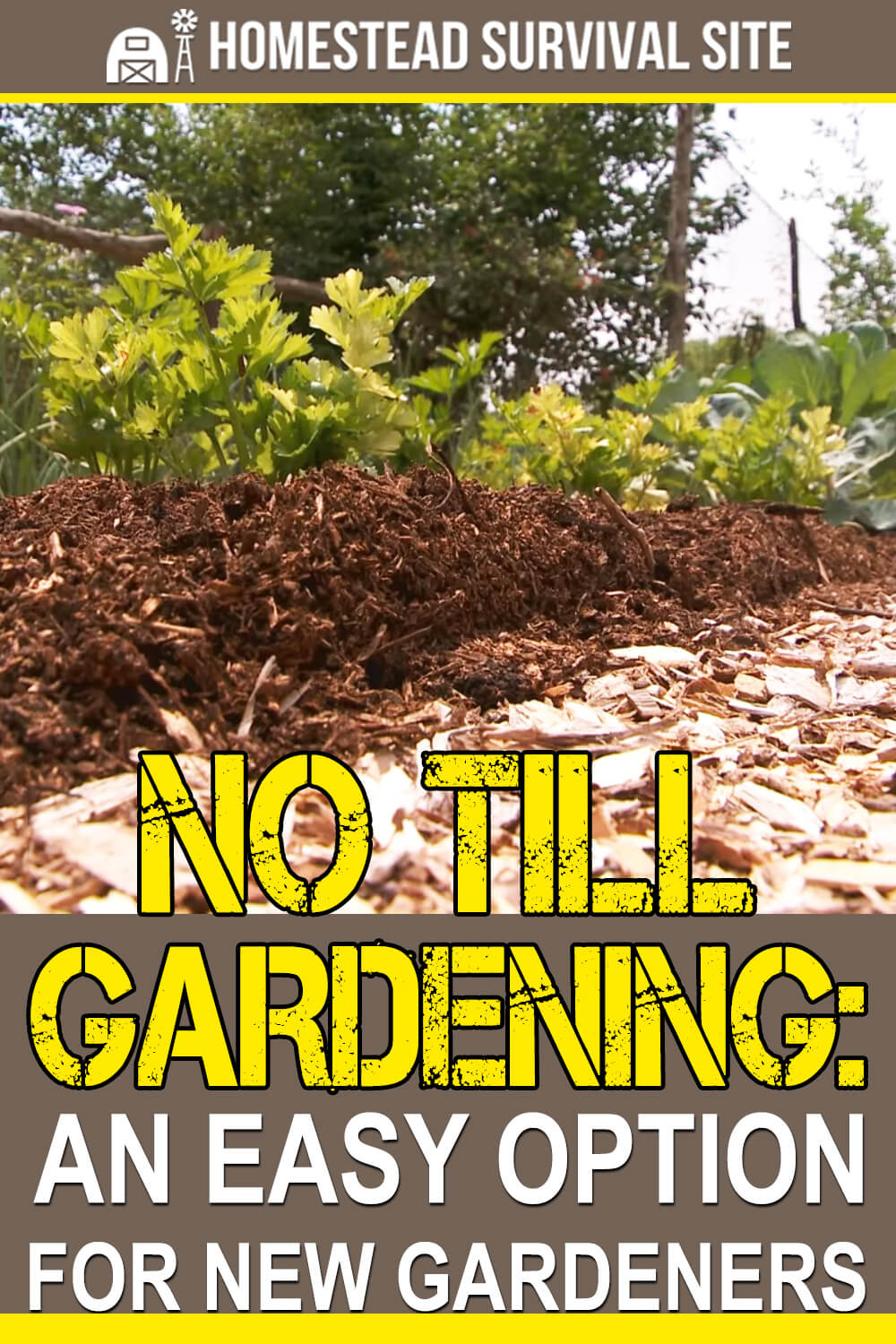



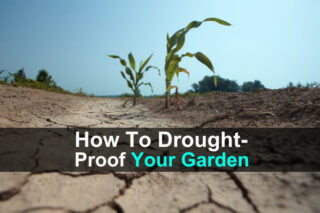
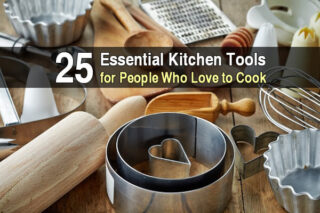


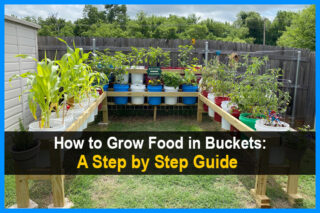
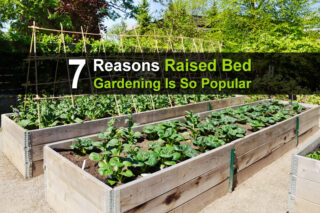
You provide great information in a format which is easily read and understood. How nice to find all this without charge. Thank you!